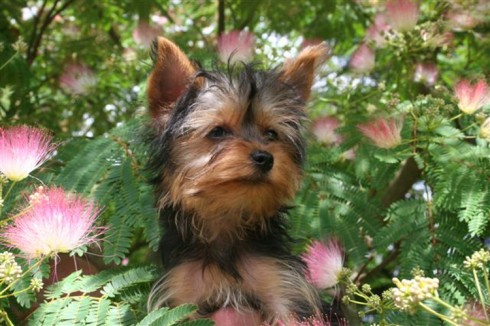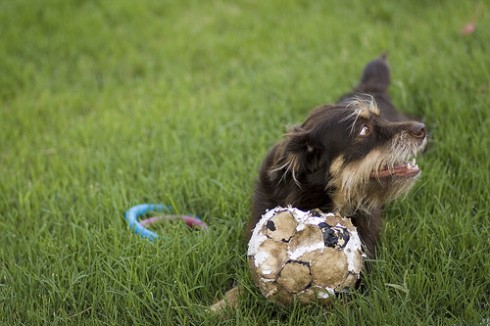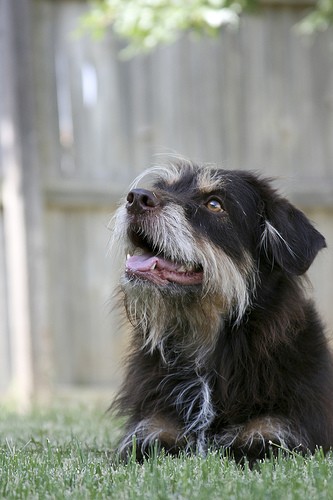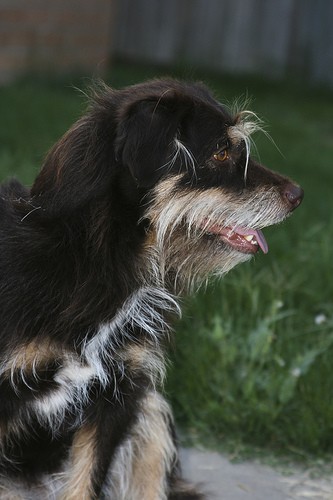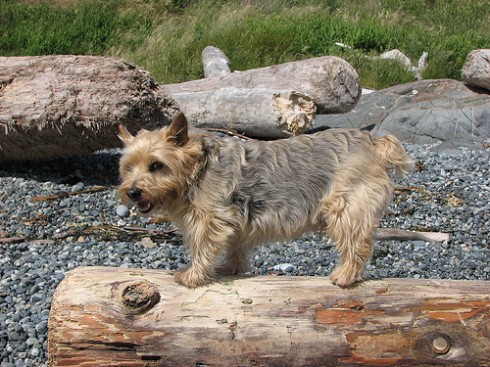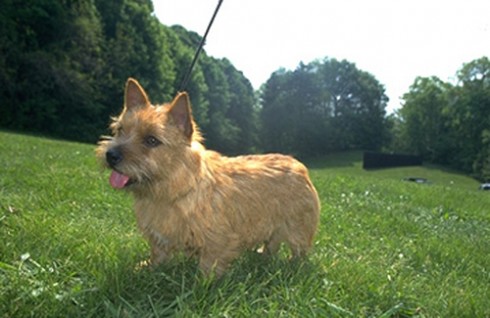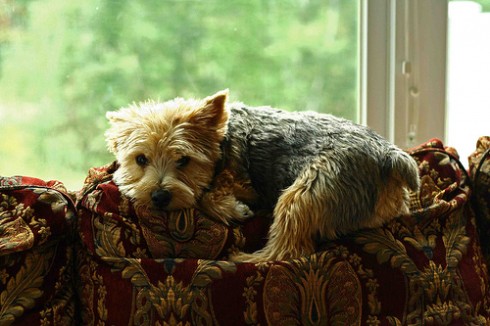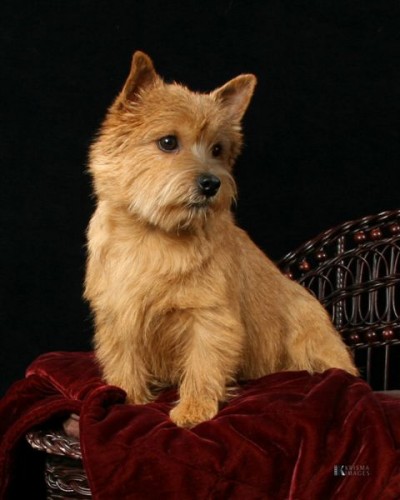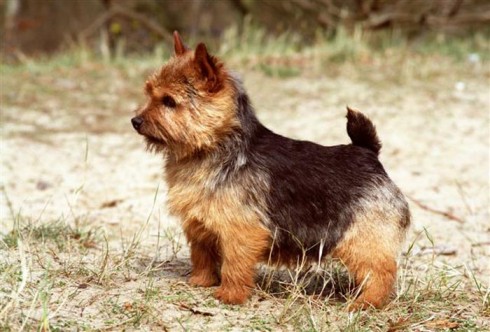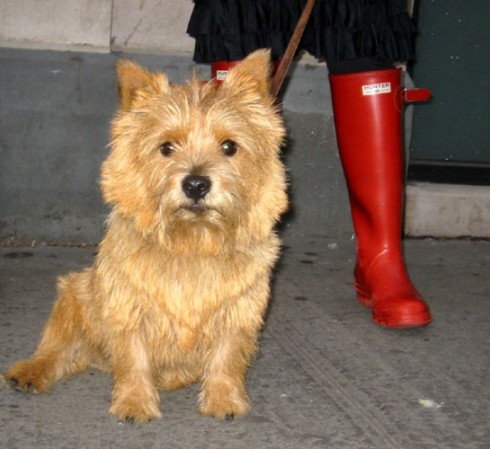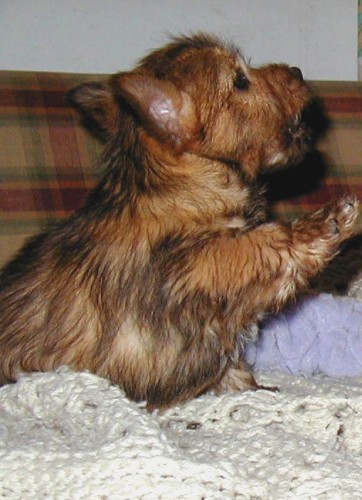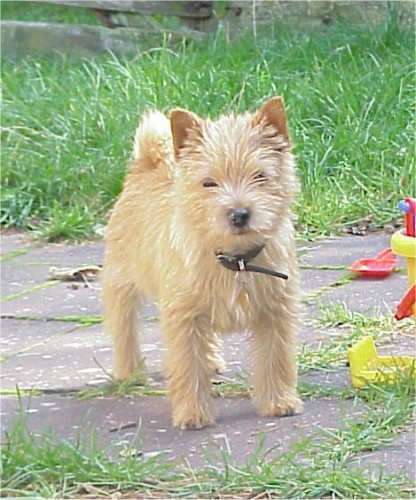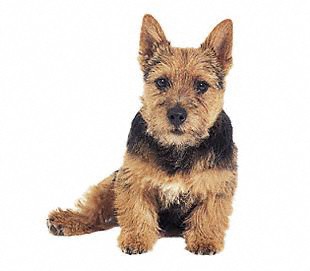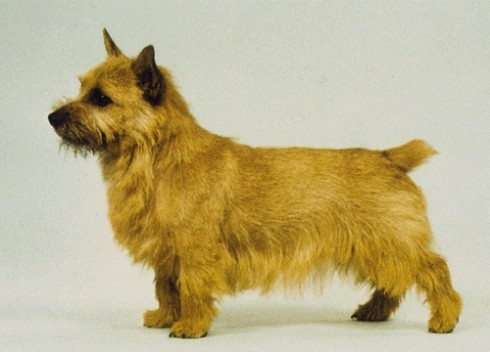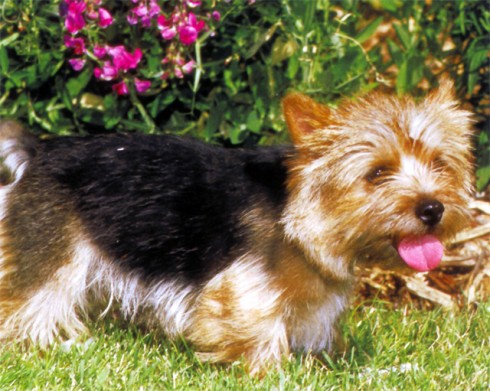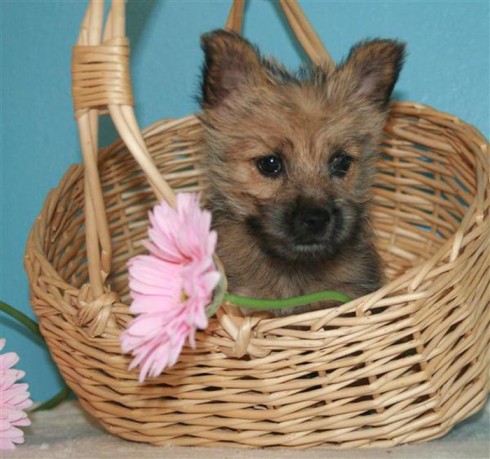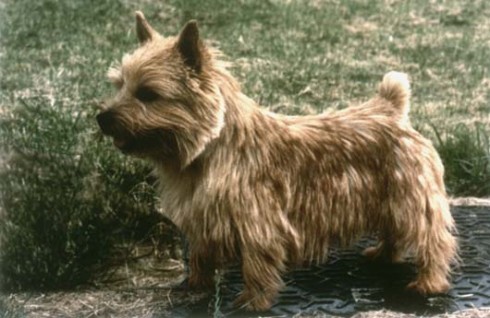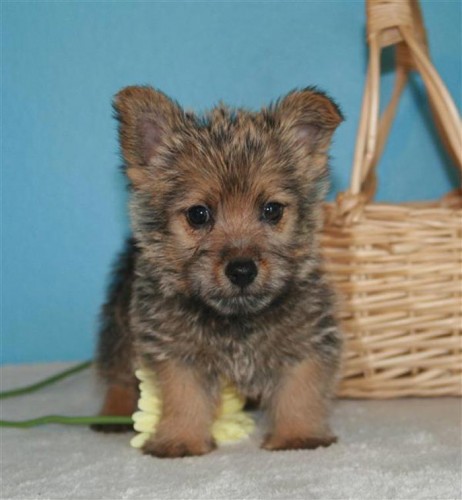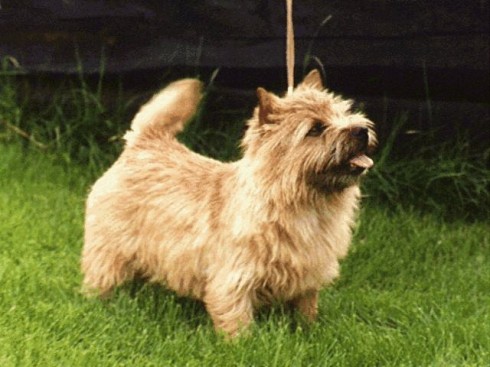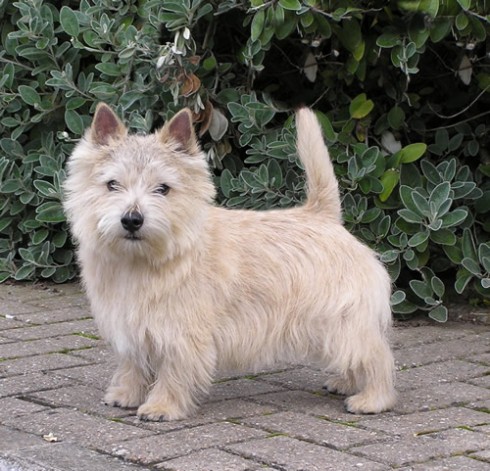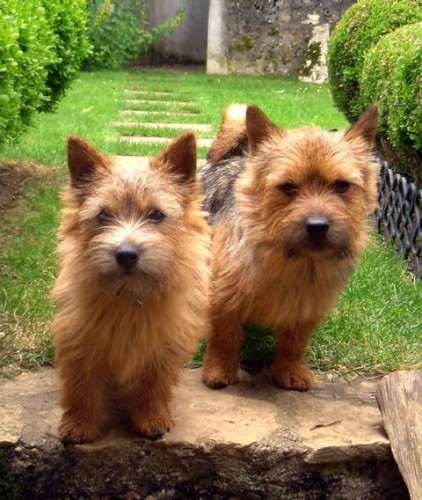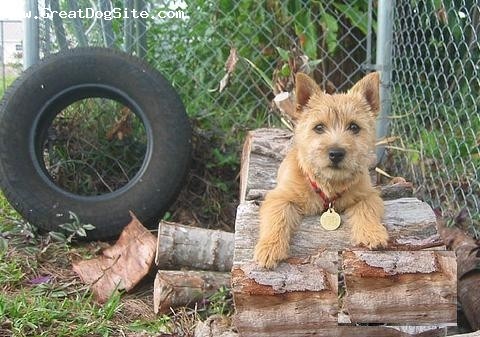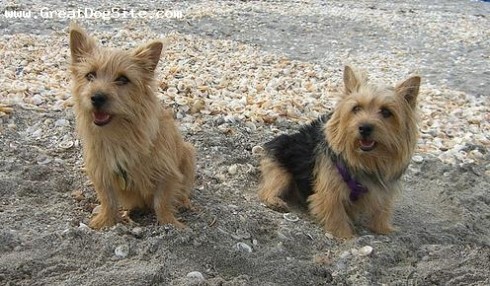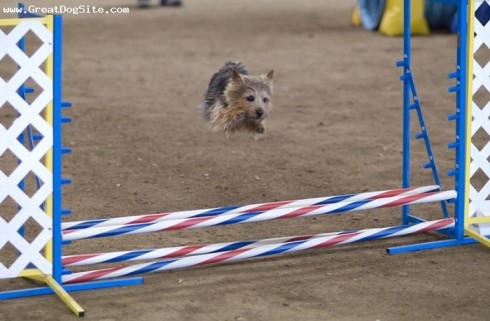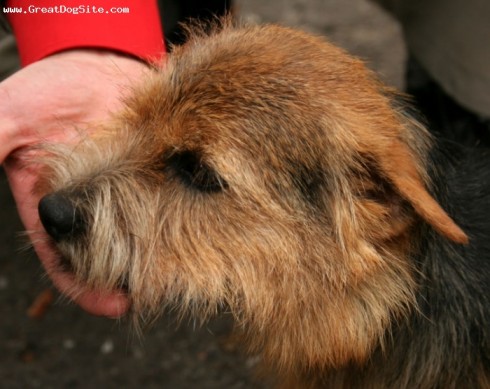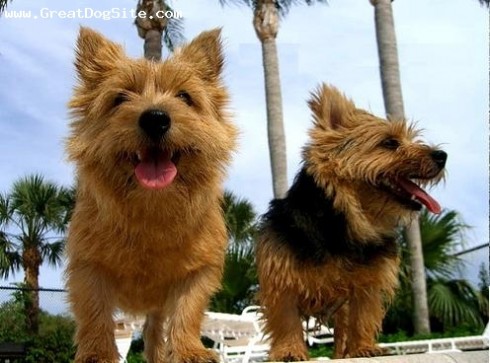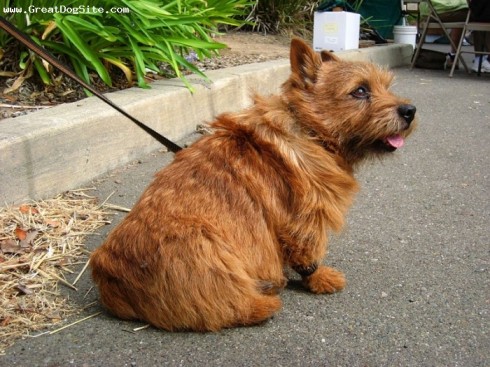Main Index
In Store
Our Web Store
Miniature Schnauzer Picture Gallery
Latest Dog Blogs
- What Are The Basic Commands To Train A Dog?
- PaySafe As The Most Popular Type Of Deposit
- Everything You Need To Know About Pet Sales
- Dogs Contribute To Our Physical And Mental Well Being
- How To Choose Where To Bet On Greyhounds In 2022
- Volunteer With Animals - How To Help Dogs Around The World
- Basic Understanding Of The House Edge
- Why You Should Get A Dog
- Top 20 Popular Dog Names Around The World
- Constipation in Dogs and How to Find Solutions
Norwich Terrier
Norwich Terrier Picture Gallery
Norwich Terrier Clubs/Associations
The Full Norwich Terrier Description
Quick, sharp, and ever-moving, the Norwich loves his daily exercise. He likes to be in the thick of the action. What is happening, who is here, where everybody's going--these are the concerns of the Norwich. Fond of children, the Norwich makes a loyal, affectionate companion.
Did you know?
The Norwich Terrier is a fearless little dog bred to hunt vermin.
The Norwich Terrier's prick ears are a distinguishing characteristic.
So you want to own an Nowich Terrier?
The Nowich Terrier is a hardy, happy-go-lucky, weatherproof companion.
The Norwich coat should be brushed weekly, but never clipped or shaped.
Indicative Breed Standard
General Appearance
Small, low, keen dog, compact and strong with good substance and bone. Honourable scars from fair wear and tear not to be unduly penalised.
Characteristics
One of the smallest of the terriers. Lovable disposition, not quarrelsome, tremendously active with hardy constitution.
Temperament
Gay and fearless.
Head and Skull
Muzzle wedge-shaped and strong. In length two-thirds of measurement from occiput to bottom of well defined stop. Slightly rounded, wide skull, good width between ears.
Eyes
Small, oval-shaped, dark, full of expression, bright and keen.
Ears
Erect, set well apart on top of skull. Medium size with pointed tips. Perfectly erect when aroused, can be laid back when not at attention.
Mouth
Tight-lipped, jaws clean and strong. Rather large, strong teeth with perfect, regular scissor bite, i.e. upper teeth closely overlapping lower teeth and set square to the jaws.
Neck
Strong of good length, commensurate with correct overall balance, flowing into well laid shoulders.
Forequarters
Legs short, powerful and straight; elbows close to body. Pasterns firm and upright.
Body
Short back, compact with good depth. Ribcage long and well sprung with short loin. Level topline.
Hindquarters
Broad, strong and muscular, well turned stifle. Low-set hock with great propulsion.
Feet
Rounded, well padded and cat-like. Pointing straight forward standing and moving. Tail Docking optional. (a) Medium docked. Set high, completing perfectly level topline. Carried erect. (b) Tail of moderate length to give a general balance to dog, thick at root and tapering towards tip, as straight as possible, carried jauntily, not excessively gay, completing perfectly level topline.
Gait/Movement
Forelegs should move straight forward when travelling; hind legs follow in their track; hocks parallel and flexing to show pads.
Coat
Hard, wiry, straight, lying close to body, thick undercoat. Longer and rougher on neck forming a ruff to frame face. Hair on head and ears short and smooth, except for slight whiskers and eyebrows.
Colour
All shades of red, wheaten, black and tan or grizzle. White marks or patches are undesirable.
Size
Ideal height at withers 25 cms (10 ins).
About Our Article Directory
- Article
- 27 November 2010
- 2 comments
Canis lupus familiaris
- Breed Article
- 29 May 2010
- No comments
Quick Search
Donate
Latest Dog Pods
- Tips on How to Stop Your Dog from Biting
- Beware - Not All Advertised Dog Rescues Really Are! How Can You Know The Truth?
- Helpful Tips For Dog Obedience Problems
- How to Keep Dogs From Eating Poop
- Dog Grooming Tips - A General Overview of the Very Basics of Dog Grooming
- Recognising Different Types of Dog Obedience Problems
- 5 Important Tips On Feeding A Puppy


